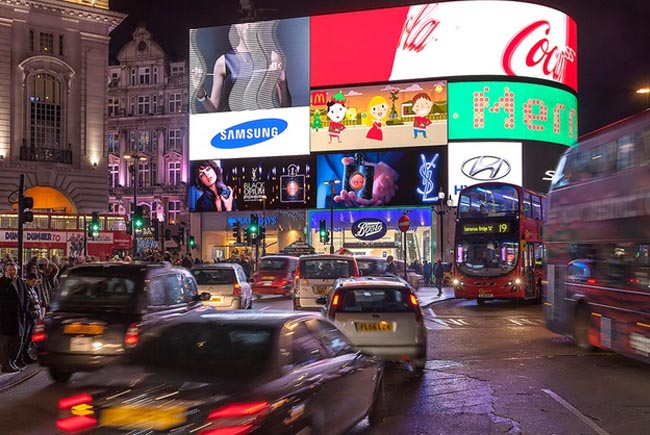One of our clients, Jennie Roper at Kinetic, shares highlights of our work with Kinetic and the Outdoor advertising industry. Dr Alastair Goode’s background in behavioural economics and our immersive research technology have combined to create a truly transformative piece of research with strong ROI credentials.
How do you achieve the optimum exposure for an out-of-home campaign? An understanding of some behavioural science is a good place to start, writes Kinetic’s Jennie Roper
There’s a reason why we still hum along to the annoying pop songs we’ve heard on the radio a hundred times and crave the same branded snacks we’ve been devouring since we were children.
The more exposed we are to something, the more familiar we become with it and the more we tend to like it – at least until it becomes annoying. This is a statement backed up by decades of research into a phenomenon that’s referred to as the Mere-exposure effect.
Scientists are divided on the exact reasons behind the effect. It could be argued that, from an evolutionary perspective, there is an element of Darwinian selection at play, with those of us who didn’t learn to fear potentially dangerous new things dying out and those that did, surviving.
However, the phenomenon is thought by many to be far more deeply ingrained.
The Mere-exposure Effect
The biggest brands in the world effectively rely on this phenomenon to stay at the head of the table. If people are faced with two options on a store shelf, they are more likely to go with the familiar brand, particularly if the options are competitively priced.
To confirm this theory, we asked 1,000 people to choose three stocks from six options, all with the same likelihood of succeeding. With all things being equal, any combination should only have been selected 5% of the time, but 26% chose the three stock options with letter combinations that were more common in the English language (BELL, FAM and ODEO).
This is a far more tangible example of the Mere-exposure effect in action, with most participants choosing to avoid the letter combinations they were unfamiliar with (RJO, QYA and KCIM) on a subconscious level.
Overexposed
If utilised properly, this insight could be a powerful tool for marketers. However, there is such a thing as overexposure. People will always eventually reach a peak saturation point where their emotional response to a familiar product will begin to sour. Reverting to the example of that annoying pop song; we’ve all become obsessed with a song, but then turn it off the moment it gets “overplayed.”
Indeed, decades of research into the Mere-exposure effect has found that our positive response to a stimulus will build to a peak and then decrease once our brains have effectively told us we have nothing new to learn from it. Before this point, our brains are rewarding us for trying to understand something, but when it has established there is no fresh information to glean, it starts to punish us for continuing to pay attention.
Finding the sweet spot
In the out-of-home (OOH) environment, an understanding of the Mere-exposure effect can help us establish how often a consumer needs to see an advert in order to achieve peak response and maximum cost efficiency. Then, they can optimise their communications and provide consumers with just enough familiarity to get them hooked, but not too much to turn them off.
Understanding these optimum frequency levels is something Kinetic is very invested in. So much so, in fact, that we recently teamed up with Primesight, blowUP media and Clear Channel to conduct an experiment that would ascertain exactly how long it would take OOH ads to reach their enjoyment peak with consumers.
Working with our research partner Gorilla in the Room, we set 325 willing participants up with a VR headset loaded with OOH ads from a number of known brands, and varied their levels of exposure to each ad. The experiment was set up as if the participants were on a high street, with the ads placed as if they would be in that physical space, so they would be exposed to the ads in a natural, passive way.
Once our participants had finished, we used a measure from cognitive science derived from Mere-exposure Effect studies to assess their emotional responses to the ads they had seen a lot, the ads they hadn’t seen as much, and the ads they hadn’t seen at all. This provided us with an exposure curve that built to a peak of between 9 to 12 exposures and then began to wear out at 13 to 16 exposures. This proves that, according to the experiment, a frequency of between 9 and 12 exposures provides the optimum level of emotional response.
Marketers could use this information to tailor their OOH ads so they become just familiar enough to make an emotional connection with maximum ROI. Whilst this is just the start of our research into the Mere-exposure Effect, we have already made some exciting discoveries, and are deploying these insights to make our clients’ OOH campaigns ever more effective.
Jennie Roper is head of insight at Kinetic


Recent Comments